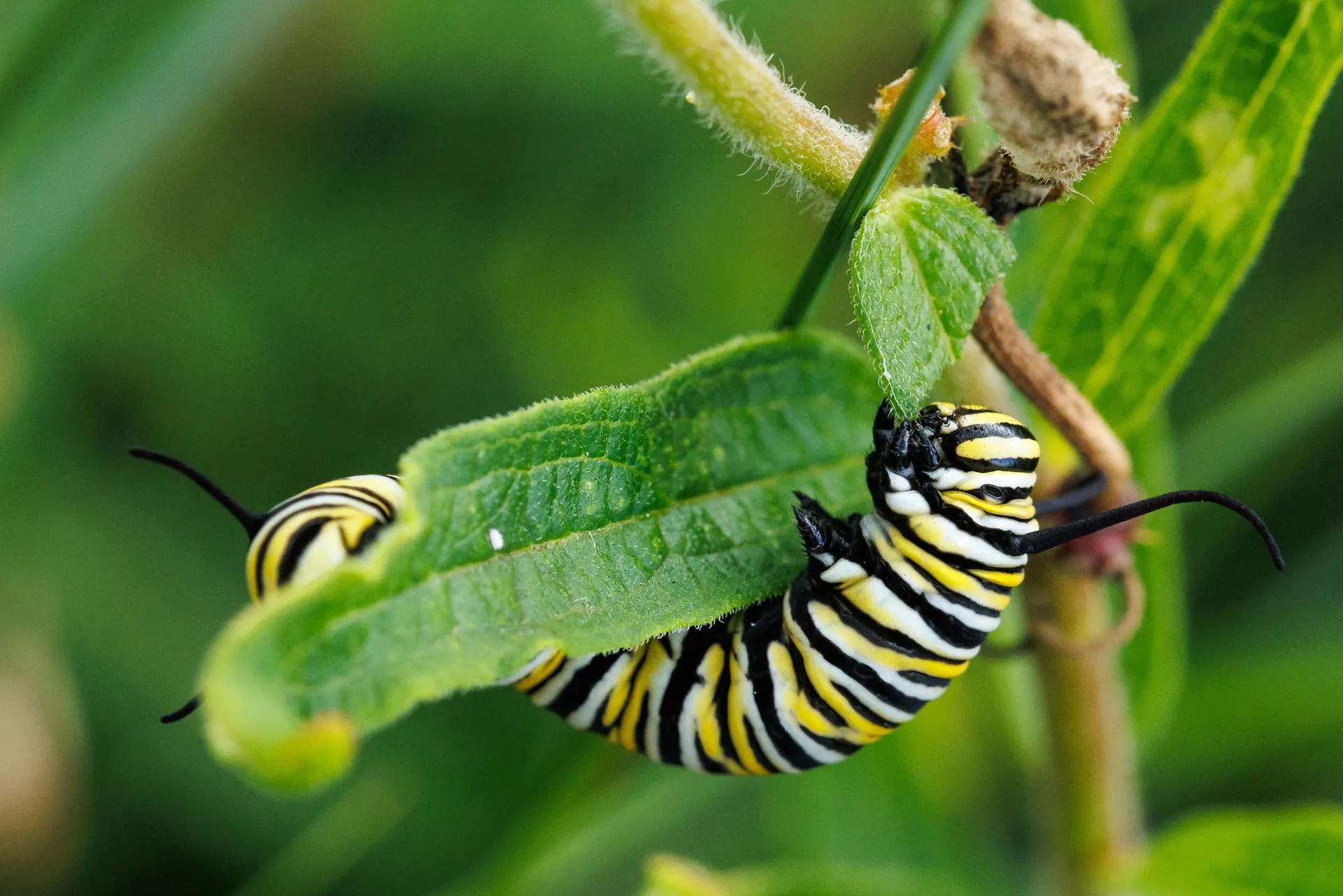Native plant species are vital to aiding native pollinators like butterflies, bees and other insects. While non-native plants are beautiful, native pollinators like Monarch Butterflies are adapted to feed, consume and lay their eggs on native species. Native species are also adapted to our climate and soil conditions, meaning they require far less water, fertilizer and maintenance than non-native plants.
To help native pollinators thrive, consider planting native species like Swamp Milkweed, Purple Coneflower and Butterfly Weed in your gardens and yards.
Most native perennials should be planted in the fall or early winter, because native seeds naturally go through a process called stratification and require a period of cold and moist conditions in order to germinate.
By planting just before the coldest months, mother nature does this work for you. If cold periods have passed or you prefer germinating inside, you can replicate winter for your seeds in your refrigerator.
Place your seeds in a jar or reusable container with a paper towel, sawdust, sand or peat moss. Lightly wet this mixture until the consistency is similar to that of a wet sponge. Ensure the container is not air tight, or mold could form.
The seeds should be kept between 33 to 50 degrees Fahrenheit for four weeks. Check weekly to ensure the media is still slightly damp. After four weeks, sow your seed no more than 1/4 inch deep outside if there is no threat of frost, or inside in a tray.

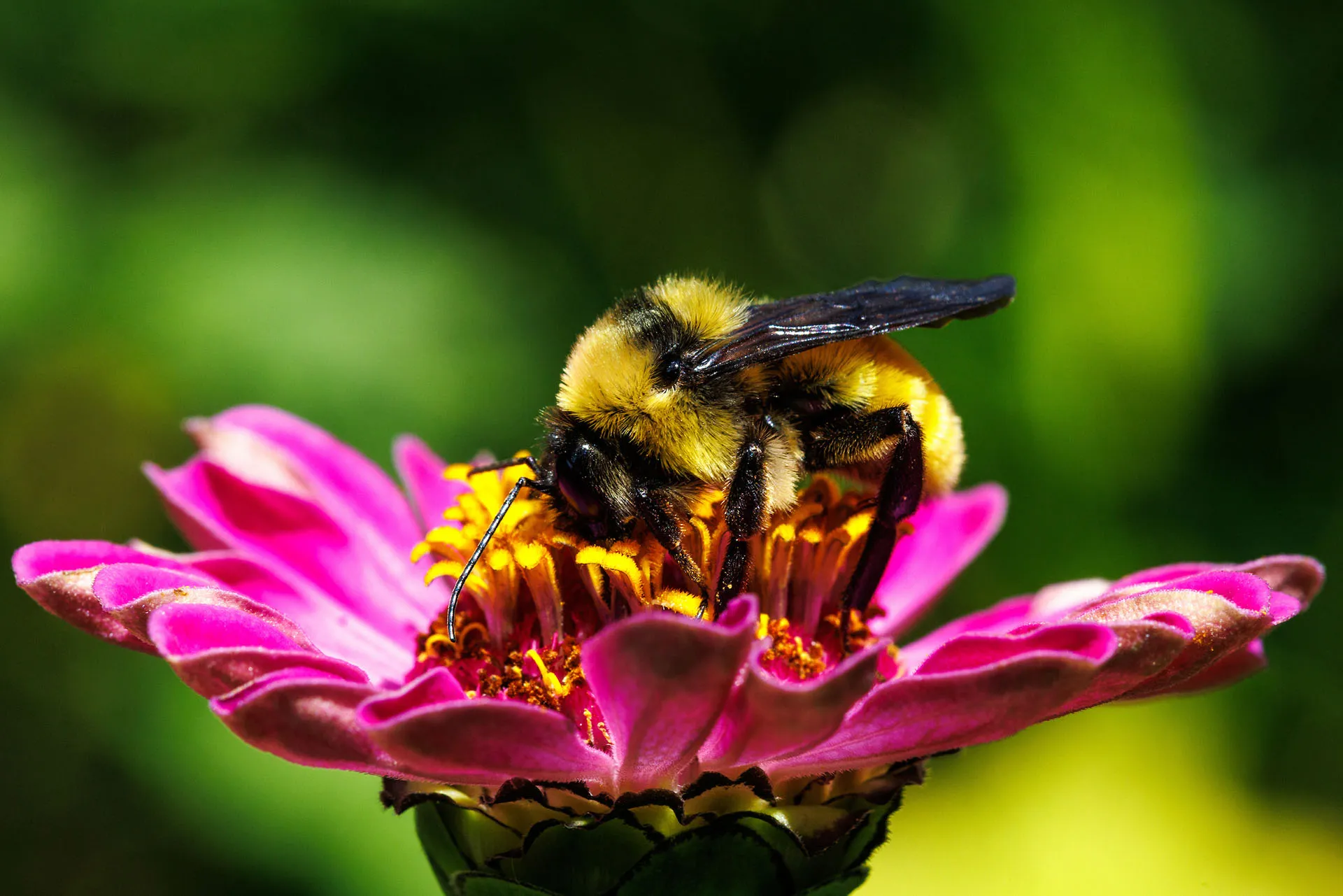
Purple Coneflower (Echinacea purpurea)
About: This drought tolerant native species boasts flowers with purple petals surrounding an orange cone and grows to be about 2.5 feet tall. Bees and butterflies are attracted to the flower, and in the fall, birds – especially Goldfinches – will consume their seeds. These perennial flowers are found naturally in eastern and central North America growing in prairies and dry woodlands.
Planting: Sow Echinacea seeds outside in the fall or early winter. One packet containing 40 seeds will cover approximately 100 square feet. Choose an area that gets at least 6 hours of sun. While this plant is drought tolerant, they prefer moist soils. Clear any brush or existing vegetation from the area before sowing. Don’t bury the seed more than 1/4 inch deep. After sowing, gently walk over the seeds to press into soil. Germination will occur the following spring when temperatures reach 65-70 degrees Fahrenheit. Thin seedlings to allow 15 inches between plants.
Care: Echinacea is a care-free plant requiring little maintenance. It’s important to thin seedlings to allow for proper air circulation as they grow. Having plants too crowded could cause fungal issues. Watch out for Japanese Beetles and Aphids. Pests can often be resolved with a strong spray of water or by knocking them into a bucket of soapy water. Occasional dead heading can keep the flowers blooming for longer periods. Trim spent flowers at the base. Cutting back the entire plant in early spring allows birds to feed on seed heads throughout winter.
Facts:
- The botanical name “Echinacea” is derived from the Greek work “Ekhinos,” which means “sea urchin.”
- Native Americans have used Echinacea as a medicinal herb for over 400 years to treat maladies like toothaches and as a general immune system booster.
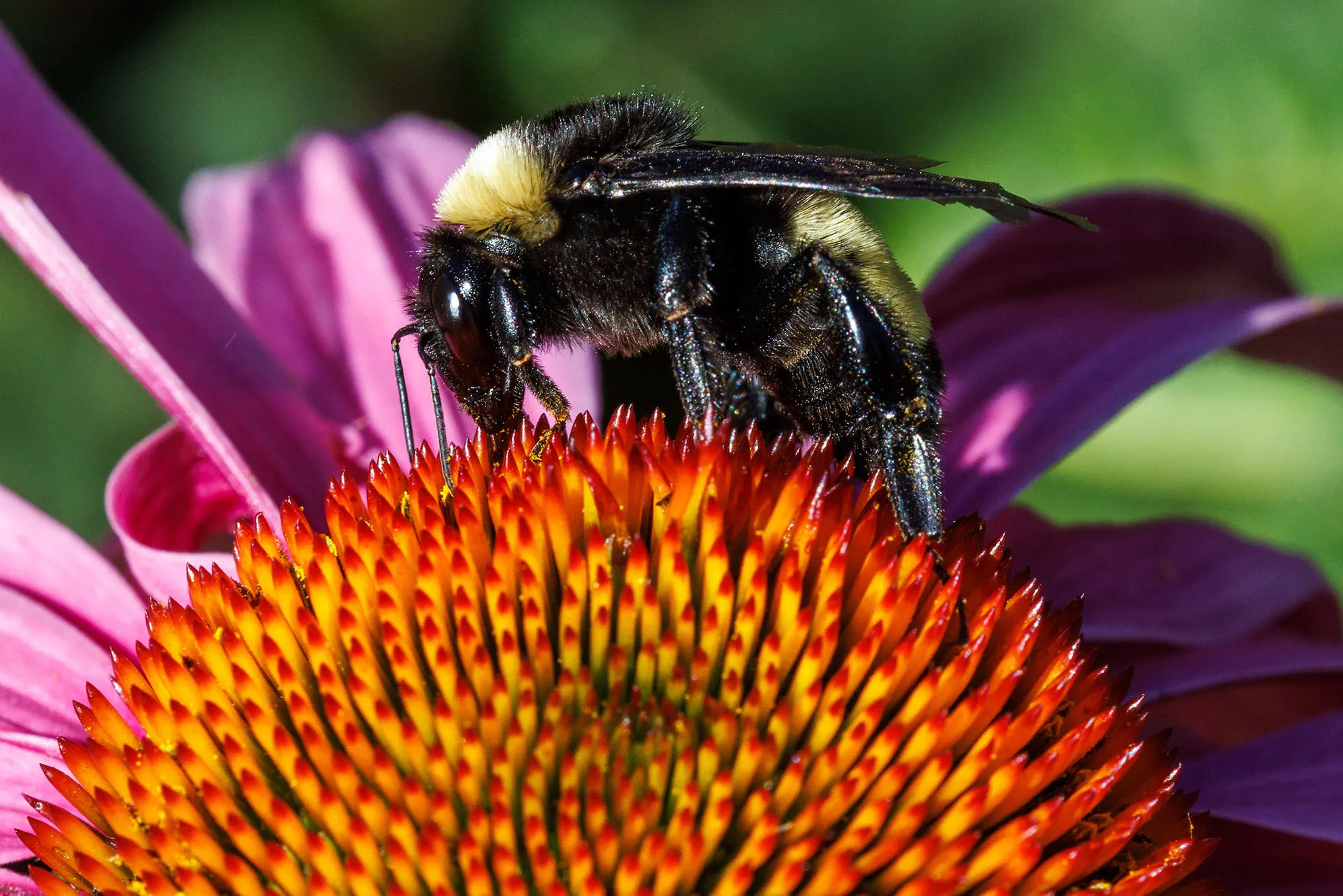
Swamp Milkweed (Asclepias incarnata)
About: All milkweeds belong to the Asclepias genus, and these plants are crucial to the survival of Monarch Butterflies. Caterpillars feed on their foliage, and their flowers produce nectar to fuel Monarchs on their migration south. With proper conditions, Swamp Milkweed will reward you with pink or white umbels rising above feathery foliage three feet tall. They’re found in moist meadows, ditches and marshes throughout the United States.
Planting: Sow Asclepias seeds outside in the fall or early winter. One packet containing 40 seeds will cover approximately 100 square feet. Choose an area that gets at least 6 hours of sun. These plants prefer moist soil. Clear any brush or existing vegetation before sowing. Don’t bury the seed more than 1/4 inch deep. After sowing, gently walk over the seeds to press into soil. Germination will occur the following spring when temperatures reach 65-70 degrees Fahrenheit. Thin seedlings to allow 15 inches between plants.
Care: Swamp Milkweed requires little maintenance. It’s important to thin seedlings to allow for proper air circulation as they grow. Having plants too crowded could cause fungal issues. Give this plant extra water during unusual dry periods. You may cut back the entire plant to the ground in fall after the pods have begun to open with seeds. Leave the plant alone until spring if you want it to reseed and for insects to use the stems to overwinter. Avoid using herbicides, pesticides or any chemical on milkweeds, as they can make the plant deadly to pollinators.
Facts:
- In earlier history, swamp milkweed roots were added to liquor to make bitters.
- Native Americans would harvest ripe Milkweed plants to create fishing line and sewing thread.
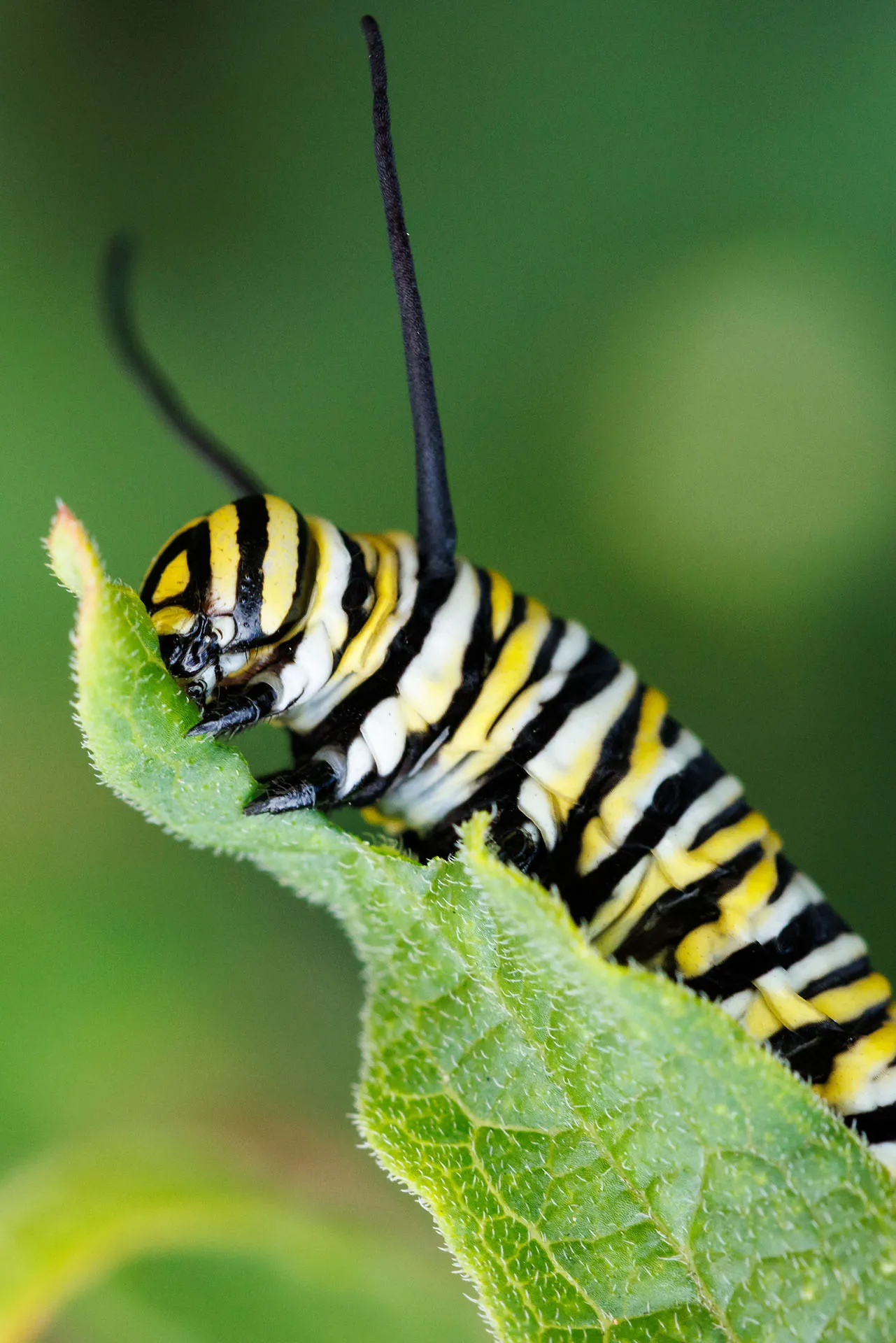
Butterfly Weed (Asclepias tuberosa)
About: An easy staple and must-have for any pollinator area and another Monarch Butterfly essential, Butterfly Weed is a perennial herb reaching two feet tall. Orange flowers bloom from June through August. This plant prefers drier soils and can be found alongside roads and in dry, open and sandy soils.
Planting: Sow Asclepias seeds outside in the fall or early winter. One packet containing 40 seeds will cover approximately 100 square feet. Choose an area in sandy soil that gets at least 6 hours of sun. Soil can be amended with sand before planting. Clear any brush or existing vegetation before sowing. Don’t bury the seed more than 1/4 inch deep. After sowing, gently walk over the seeds to press into soil. Germination will occur the following spring when temperatures reach 65-70 degrees Fahrenheit. Thin seedling to allow 15 inches between plants.
Care: Give Butterfly Weed full sun (6+ hours) and dry sandy soils, and it will reward you and pollinators with beautiful orange blooms. Be vigilant of Aphids. Most milkweeds attract these, and in small numbers they are relatively harmless to the plant. Spray them off with a strong stream of water. Avoid using herbicides, pesticides, or any chemical on milkweeds, as they can make the plant deadly to pollinators. You may cutting back the entire plant to the ground in fall after the pods have begun to open with seeds. Leave plants alone until spring if you want them to reseed and allow insects to use the stems to overwinter.
Facts:
- The relationship between the Asclepias genus and Monarchs is mutually beneficial; the plants contains a cardiac glycoside that passes from caterpillar to butterfly. If a bird eats a monarch, it will suffer nausea and vomiting and learn to be cautious about eating another one. In exchange, the monarchs pollinate the plant, thus ensuring its survival.
- Though it’s a true Milkweed, the characteristic milky sap is absent from Butterfly Weed.
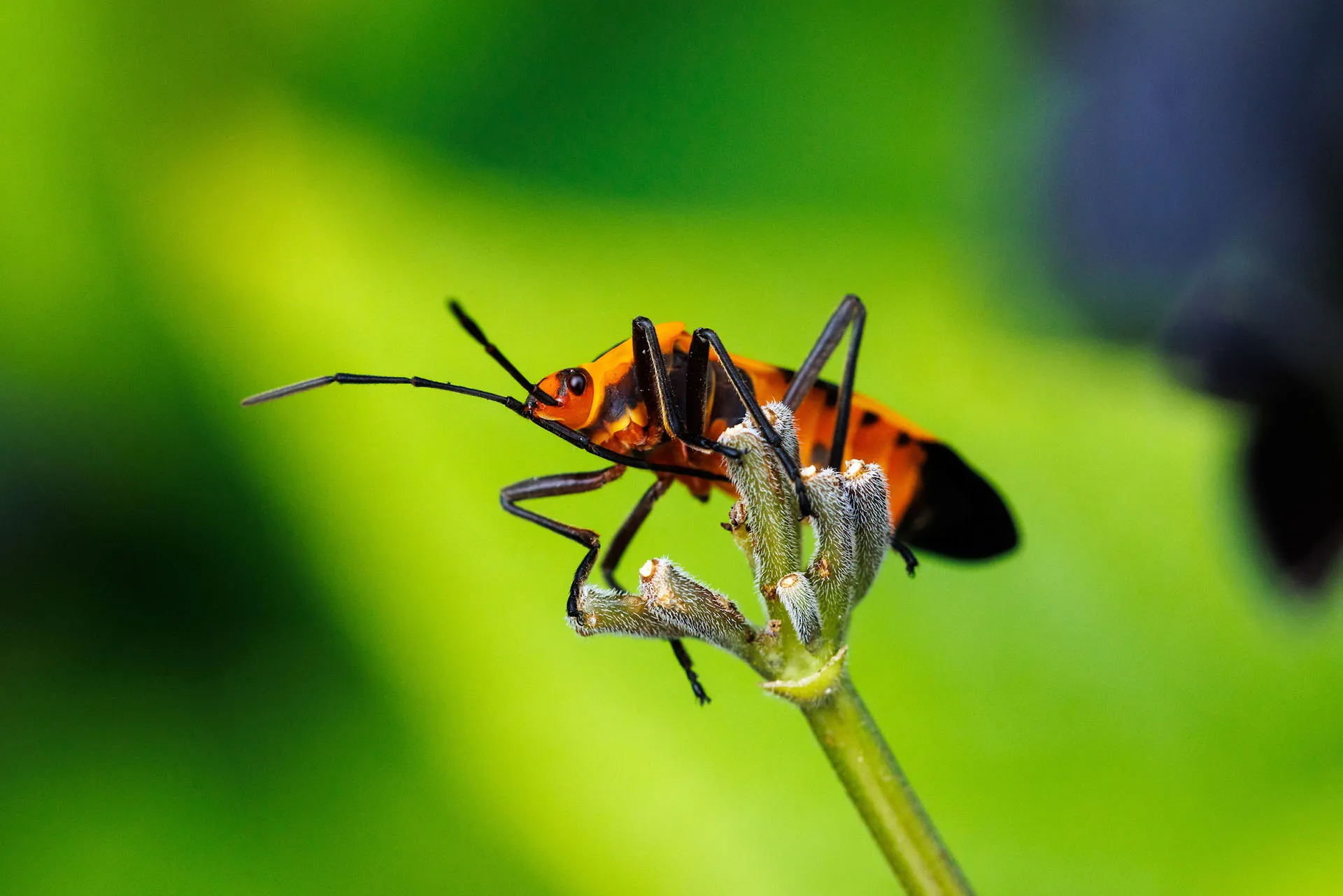
Showy Milkweed, Asclepias speciosa
Sowing Instructions:
Clear any brush to reveal topsoil, and sprinkle seeds in the fall (or before March 21 in Chattanooga area). Don’t bury more than 1/4” deep. Seedlings will emerge the following spring. Water young plants until established. Each seed packet contains approx. 40 seeds
Common Milkweed, – Asclepias syriaca
Sowing Instructions:
Clear any brush to reveal topsoil, and sprinkle seeds in the fall (or before March 21 in Chattanooga area). Don’t bury more than 1/4” deep. Seedlings will emerge the following spring. Water young plants until established. Each seed packet contains approx. 40 seeds
Butterfly Weed, Asclepias tuberosa
Sowing Instructions:
Clear any brush to reveal topsoil, and sprinkle seeds in the fall (or before March 21 in Chattanooga area). Don’t bury more than 1/4” deep. Seedlings will emerge the following spring. Water young plants until established. Each seed packet contains approx. 40 seeds
